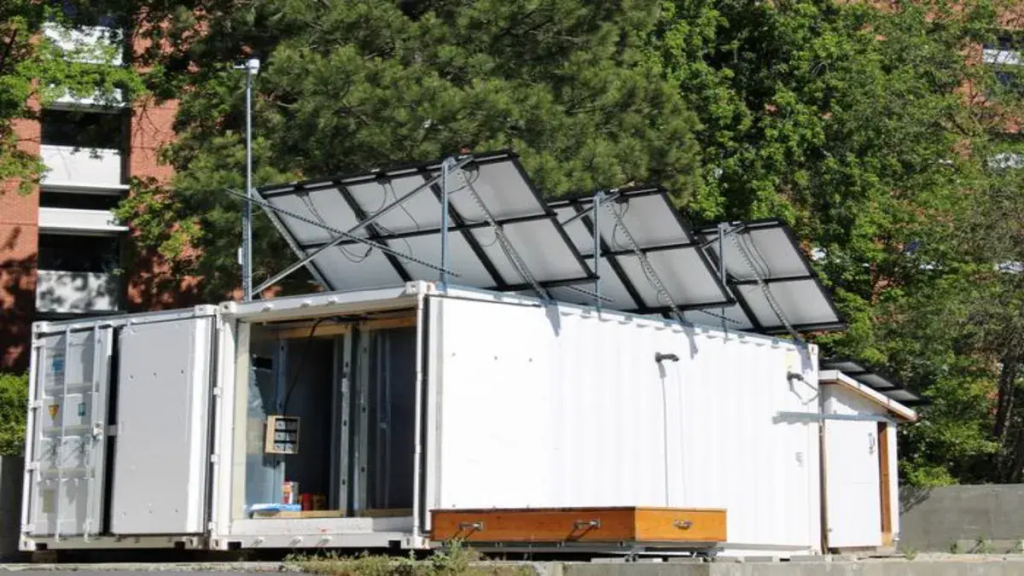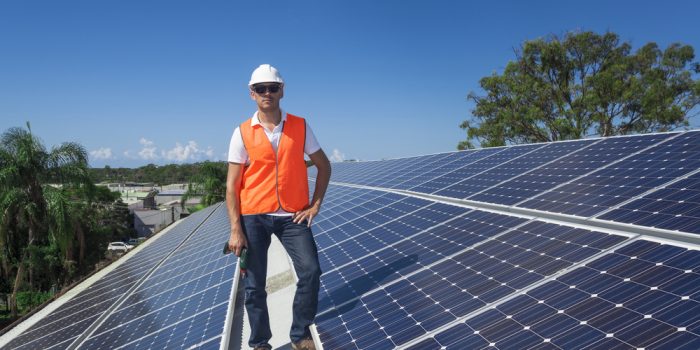Amid escalating concerns over the environmental impact of modern air conditioning systems, researchers at Washington State University (WSU) have embarked on an innovative journey to explore ancient cooling methods as a sustainable alternative.
“Cooling is increasingly in demand in buildings, especially as the climate gets hotter… How can we cool buildings to begin with—before relying on the mechanical systems,” Assistant Professor Al-Hassawi, from WSU’s School of Design and Construction, remarked.
The approach taken by the researchers veers away from electricity-intensive systems in favor of passive methodologies that harness wind towers for evaporative cooling. The experimental chamber, resembling a sizable shipping container, is powered by solar energy with battery storage, eliminating the need for conventional power sources. With the ability to simulate extreme conditions, the chamber’s temperature can be elevated to 125-130 degrees Fahrenheit (52-54 degrees Celsius) to evaluate the cooling system’s effectiveness.

In a compelling departure from conventional norms, the passive downdraft cooling system has undergone testing within the arid climes of Phoenix, Arizona. Professor Al-Hassawi emphasized the advantages of this approach, noting that the utilization of scaled-down models expedites testing and research, bypassing the delays associated with large-scale prototypes.
The magnitude of the cooling problem is starkly evident in the emission statistics—531 million tons of carbon dioxide emissions stem from energy consumption for temperature control. In comparison, 599 million tons result from humidity removal. Al-Hassawi pointed to the impending construction boom due to global population growth, particularly in developing nations, raising the urgent question of sustainable cooling in the face of heightened air conditioning needs.

Drawing inspiration from the annals of history, the concept of passive cooling traces back to ancient Egypt around 2500 BC. By channeling breezes through wind towers, moisture is evaporated, inducing air cooling. The cooled, denser air naturally descends into the living spaces below. Al-Hassawi underlined the significance of innovation in revitalizing these traditional strategies for contemporary building design.
The research team envisions a future where these passive cooling systems supplant conventional air conditioning, especially as the Earth’s temperature rises. The test chamber is a testament to the endeavor to forge a sustainable and cooler future through the fusion of ancient wisdom and modern technology.
The study was published in Energies.


